Recommendations for Preventing Electromechanical Interference
To ensure accurate and reliable measurements, it is essential to implement proper shielding and installation practices. First, power cables and measurement cables should be installed in separate, metal-made conduits. These conduits must be connected and grounded every approximately 100 meters. A minimum distance of 2 meters between different types of conduits is required to minimize interference.
Second, switchgear should be placed as far away as possible from the instrumentation system, ideally on a separate stand or platform. This reduces the risk of electromagnetic interference affecting sensitive measuring devices.
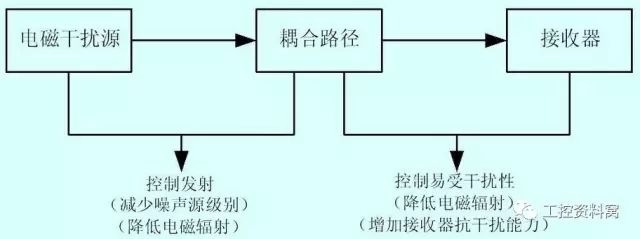
Third, when using shielding for instrumentation, the "Faraday cage" principle should be followed. This means that the conductor must be completely enclosed by a continuous and well-connected shield. The shield should be made of heavy-duty woven material covering at least 80% of the surface. It should only be grounded at one end, typically connected to the power supply, and linked through a grounding box or cabinet for consistent grounding.
Pressure Transmitters
When installing pressure transmitters, avoid placing the pressure-receiving device in straight sections of the pipeline, bends, corners, dead zones, or areas with vortices that could cause static head distortion.
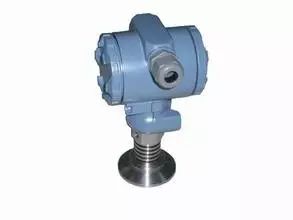
During installation, ensure that the pressure tube does not extend into the fluid pipeline or equipment perpendicular to the flow direction. The pressure tap should have smooth edges rather than sharp ones. All connections should be cut cleanly, and any burrs should be removed.
For horizontal or inclined pipes, the pressure line should be installed at the top of the pipe if the fluid is gas. If the fluid is liquid, the pressure line should be located in the lower half of the pipe, within 0–45° from the horizontal centerline. For steam, the pressure line should also be installed in the upper half of the pipe, within 0–45° from the horizontal centerline.
All pressure-receiving devices must have a single valve, with the primary valve close to the device itself. The horizontal section of the impulse line should have a slope to allow air or condensate to drain. The slope should be at least 1:100, and a drain valve should be installed near the pressure gauge for cleaning and air removal.
Before installation, the impulse line should be purged to ensure it is clean and unobstructed. The valves on the pipeline should be tested for tightness before and after installation. The line should be filled with water before operation, and care must be taken to avoid introducing air bubbles, which can affect measurement accuracy.
For smart transmitters, follow the manufacturer’s installation instructions provided with the device.
Temperature Transmitters
The temperature sensing element should be placed where it can accurately represent the medium's temperature. Avoid placing it near valves, elbows, or equipment where there may be dead spots. The sensor should be installed at an angle so that the sensing end faces the fluid flow.
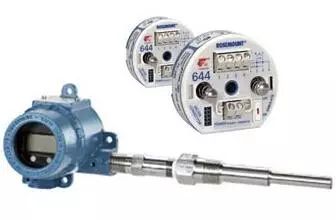
When installing on a pipe with a diameter of 76 mm or less, expand the pipe to accommodate the sensor. For horizontal pipes, platinum resistance thermometers are generally installed horizontally or slightly downward for easier maintenance and to prevent dirt from entering. The sensing part of the thermometer should be positioned at the center of the pipe, extending 50–70 mm beyond the center.
Electromagnetic Flowmeters
The installation site must meet environmental requirements such as temperature, humidity, and electromagnetic field conditions. Ensure sufficient straight pipe sections upstream and downstream of the meter—typically 10D upstream and 3D–4D downstream, where D is the pipe diameter.
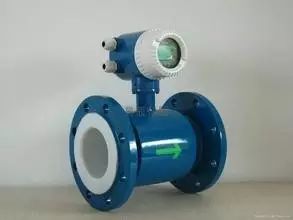
Chemical additives injected upstream may affect conductivity, so they should be avoided unless a sufficient reactor or straight section is provided to stabilize the liquid before it reaches the meter.
The flowmeter must always be fully filled with liquid, with no air bubbles present. For vertical installations containing solids or slurries, the flow direction should be from bottom to top. Electrodes should be parallel to the ground.
Grounding is critical. The flow sensor’s working ground ensures the reference potential matches the measured medium, and the liquid potential should equal the ground potential. A grounding ring is used to connect the liquid to the ground. Follow the “single point grounding†principle, with a resistance of ≤100 ohms. Signal cables should be grounded in the control room via a grounding bus.
Vortex Flowmeters
If the pipeline experiences vibration, additional supports should be added. For liquids with Reynolds numbers above 2×10â´, the flowmeter can be installed vertically or at an angle.
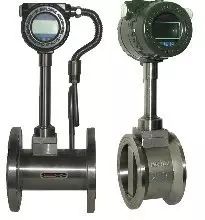
Install the flowmeter upstream of the valve, ensuring a straight pipe length of more than 20D before and 5D after. If the valve is upstream, maintain at least 20D between the valve and the meter, and 5D downstream.
Ensure a 20D straight section upstream of the meter, especially if a gate valve is present. For shrinkage or expansion pipes, ensure 10D upstream and 5D downstream. The pressure measurement point should be placed between 2–7D downstream, and the temperature measurement point between 1–2D.
Power Concentration Transmitters
(1) Installation of the transmitter
The transmitter should be installed in a location free from mechanical damage and vibration. The electronic unit should be placed in a cool, ventilated area, protected from moisture. A waterproof cover is recommended.
Install the transmitter as close as possible to the dilution water connection to minimize response time. It can be mounted vertically or horizontally on a slurry pipe. Vertical installation is preferred, with the transmitter aligned perpendicular to the pump axis.
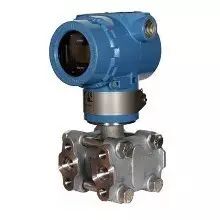
The installation position should consider stable distances L1 and L2 before and after the slurry pipe. Typically, L1 = 10D and L2 = 5D. Adjust based on actual flow rate and concentration, with L2 = L1 × 0.3 + 0.3. For waste paper pulp, multiply by 1.25.
When installing the short pipe, ensure the distance from the blue port to the inner wall is 20–22 mm. The short pipe should be flush with the slurry pipe. For carbon steel pipes, use stainless steel for easier installation.
Avoid damaging the blade during installation. The blade should be parallel to the slurry flow. All signal cables should be 1.3–1.5 mm² multi-core shielded cables, protected by galvanized steel pipes or sleeves.
(2) Installation of sampling valve and dilution water valve
The sampling valve should be installed below the transmitter for easy access. The dilution water valve should be close to the dilution point. The dilution water pipe should be inserted 15–50 mm into the suction side of the slurry pump, and the flow rate at the junction should be about 5 m/s. Maintain stable pressure and install a pressure gauge if needed.
Flange Level Transmitter
Install the transmitter at the bottom of the tank and avoid areas with turbulence. Keep it away from agitators or pumps that may cause disturbances.
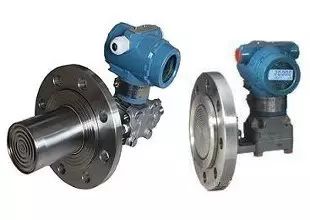
Dosing Valve
For valves with diameters between 50–250 mm, they can be installed in vertical, horizontal, or inclined pipes. For 300–350 mm, install on a horizontal slurry pipe and adjust upward. Clean the pipe before installation to avoid debris and mechanical damage.
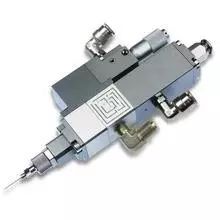
The electronic unit should be installed near the dosing valve or control room, avoiding vibration and moisture. Ambient temperature should not exceed 40°C.
Input Level Transmitter
For stationary water like deep wells or pools, use a steel pipe with multiple holes at different heights to allow smooth water entry. For flowing water, insert a 45 mm-diameter steel pipe with small holes opposite the flow direction. Install the transmitter vertically downward, away from inlets, outlets, and agitators. Wrap the cable around the transmitter to prevent damage.
L-Type Three-Way Valve
Before installation, verify the valve type, specifications, and flow path. Follow the manufacturer’s instructions carefully to avoid misalignment or failure after installation.
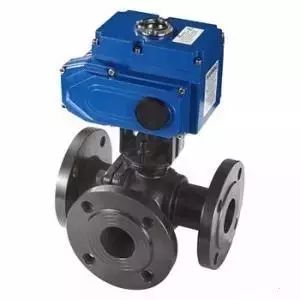
Acer Chromebook C734 C734T,Acer Chromebook C734,Acer Chromebook C734 parts,Acer Chromebook C734 keyboard,Acer Chromebook repalcement parts
S-yuan Electronic Technology Limited , https://www.syuanelectronic.com